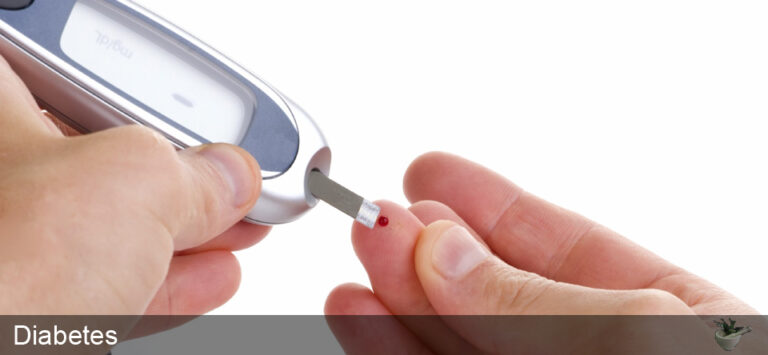Diabetes

Diabetes is a chronic condition that affects the way your body metabolizes sugar (glucose), your body’s main source of fuel.
With diabetes, your body either resists the effects of insulin — a hormone that regulates the movement of sugar into your cells — or doesn’t produce enough insulin to maintain a normal glucose level. Untreated, type 2 diabetes can be life-threatening.
Causes, incidence, and risk factors
Diabetes develops when the body becomes resistant to insulin or when the pancreas stops producing enough insulin. Exactly why this happens is unknown, although excess weight and inactivity seem to be contributing factors.
Symptoms
Diabetes symptoms may develop very slowly. In fact, you can have type 2 diabetes for years and not even know it. Look for:
- Increased thirst and frequent urination. As excess sugar builds up in your bloodstream, fluid is pulled from the tissues. This may leave you thirsty. As a result, you may drink — and urinate — more than usual.
- Increased hunger Without enough insulin to move sugar into your cells, your muscles and organs become depleted of energy. This triggers intense hunger.
- Weight loss Despite eating more than usual to relieve hunger, you may lose weight. Without the ability to metabolize glucose, the body uses alternative fuels stored in muscle and fat. Calories are lost as excess glucose is released in the urine.
- FatigueIf your cells are deprived of sugar, you may become tired and irritable.
- Blurred visionIf your blood sugar is too high, fluid may be pulled from the lenses of your eyes. This may affect your ability to focus clearly.
- Slow-healing sores or frequent infectionsType 2 diabetes affects your ability to heal and resist infections.
- Areas of darkened skin Some people with type 2 diabetes have patches of dark, velvety skin in the folds and creases of their bodies — usually in the armpits. This condition, called acanthosis nigricans, may be a sign of insulin resistance.
